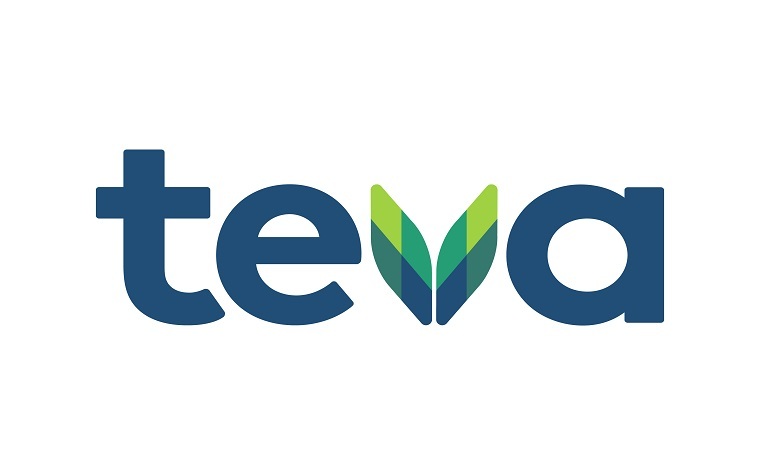Teva Pharmaceutical Industries Ltd. issued the following announcement on May 15.
Teva Pharmaceutical Industries Ltd. (NYSE and TASE: TEVA) today announced the publication of data from the Phase III HALO study evaluating the efficacy, safety, and tolerability of both quarterly (every three months) and monthly subcutaneous dosing regimens of fremanezumab for the prevention of episodic migraine (EM). These pivotal data were published online today by The Journal of the American Medical Association (JAMA). Fremanezumab is a monoclonal antibody that selectively targets CGRP (calcitonin gene-related peptide), a neuropeptide involved in the pathophysiology of migraine. The study evaluated the use of both quarterly and monthly dosing regimens of subcutaneous fremanezumab, compared with placebo in patients with EM (defined as 14 migraine headache days or less per month) who had previously failed multiple medication classes.
“The results of the HALO study are encouraging and provide insight into the effect of targeting the underlying biological mechanisms of migraine,” said Tushar Shah, M.D., Senior Vice President, Head of Specialty Clinical Development at Teva. “Acute migraine treatments were permitted in this study, and a subset of patients were allowed to continue treatment with existing preventive migraine therapies while using fremanezumab. Results from this trial may offer insight into helping patients achieve their treatment goals including those patients who continue to experience disabling migraine.”
The HALO EM trial met its primary endpoint demonstrating that fremanezumab significantly reduced monthly migraine days for both quarterly and monthly dosing regimens:
- The baseline mean number of monthly migraine days was 8.9, 9.2, and 9.1 days in the monthly dosing, quarterly dosing, and placebo groups, respectively. During the 12-week period after the first dose, fremanezumab treatment significantly reduced monthly migraine days to 4.6 days for monthly (P < 0.001) and 4.9 days for quarterly (P < 0.001) dosing compared with 5.9 days for placebo.
- Response rates of ≥50% reduction in monthly average number of migraine days were also significantly greater in monthly (47.7%, P < 0.001) and quarterly (44.4%, P < 0.001) dosing compared with placebo (27.9%).
- Additionally, the baseline mean number of monthly days of any acute headache medication use was 7.7, 7.9, and 7.7 days in the monthly, quarterly, and placebo groups, respectively. Fremanezumab significantly reduced monthly days of any acute headache medication use to 4.5 days for monthly (P < 0.001) and 4.6 days for quarterly (P < 0.001) dosing compared with 5.4 days for placebo.
The mean change in the Migraine Disability Assessment (MIDAS) score was also measured. The MIDAS questionnaire assesses headache-related disability based on lost days of activity over the previous three months, with scores of 0–5 (little or no disability), 6–10 (mild disability), 11–20 (moderate disability), and ≥21 (severe disability). Baseline mean MIDAS scores were 38.3, 39.2, and 37.1 points in the monthly, quarterly, and placebo groups, respectively. MIDAS scores improved with fremanezumab to 12.6 points for monthly (P < 0.001) and 14.5 points for quarterly (P = 0.002) dosing compared with 19.7 points for placebo.
The multicenter, randomized, double-blind, placebo-controlled, parallel-group study enrolled 875 patients and consisted of a screening visit, 28-day pre-treatment period, 12-week treatment period, and final evaluation at week 12. The most common adverse events in patients treated with fremanezumab were injection site pain, induration, and erythema.
“With this publication in JAMA, all Phase II and Phase III studies of fremanezumab have now been published in prominent peer-reviewed medical journals which highlights the importance of these data for the migraine community,” said Daniel McBryan, M.D., Head of Global Medical Affairs at Teva. “With millions of people suffering from migraine headaches that are often debilitating, these results demonstrate the potential of fremanezumab as another treatment option for patients in need.”
Original source can be found here.











 Alerts Sign-up
Alerts Sign-up